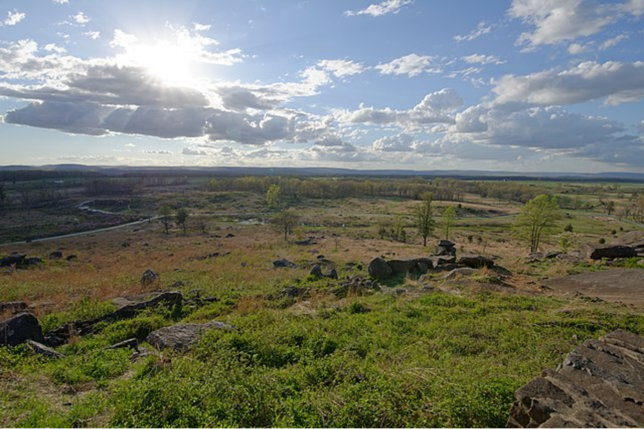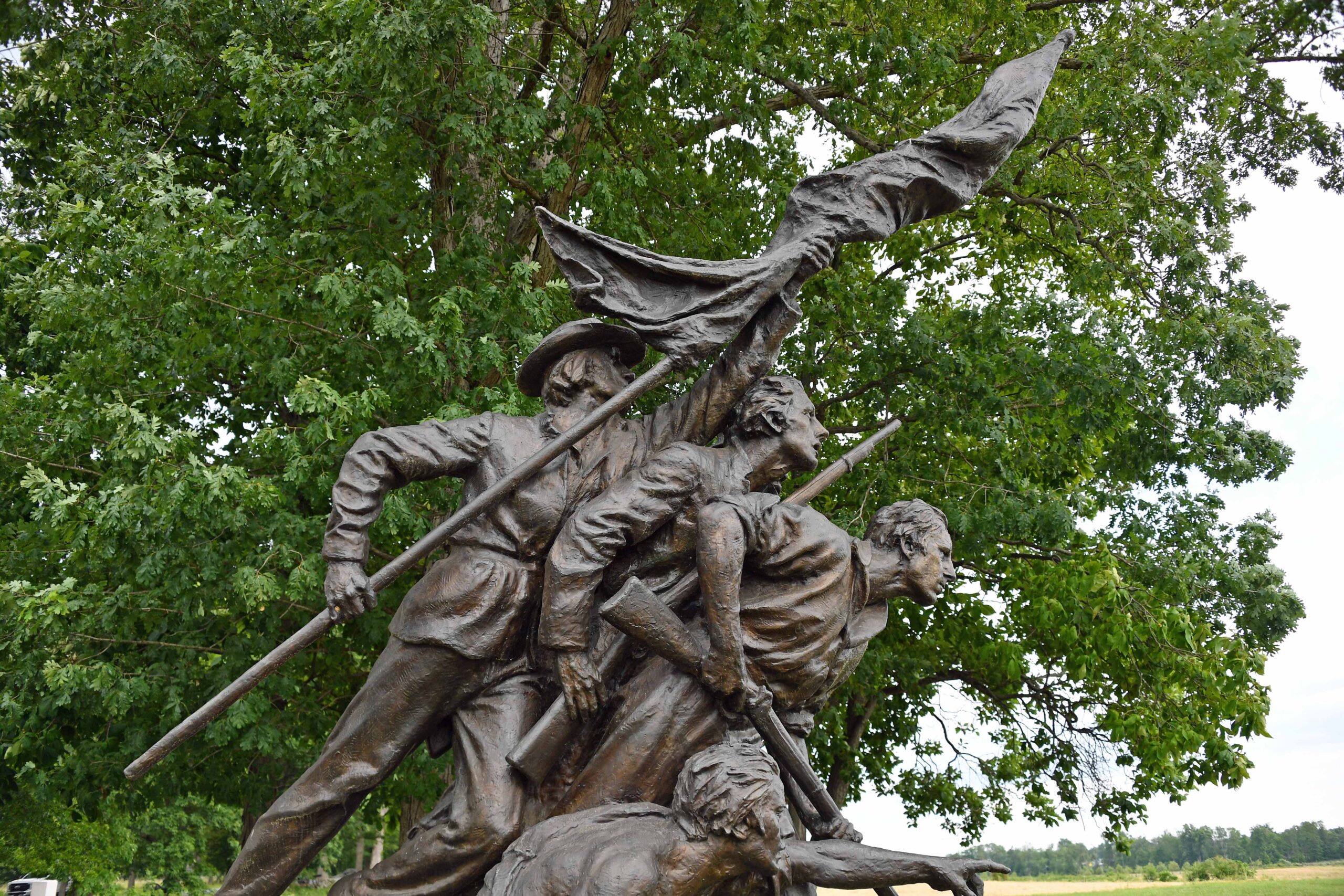
Introduction:
Nestled in the picturesque landscape of Pennsylvania, the Gettysburg Battlefield stands as a testament to one of the most pivotal moments in American history. Renowned for its significance during the Civil War, this hallowed ground witnessed a clash of ideologies and an unforgettable display of valor. In this article, we will delve into the multifaceted history of the Gettysburg Battlefield, exploring the events that transpired, the lasting impact on the nation, and the profound sacrifices made on both sides.
What is the Gettysburg Battle known for?
The Battle of Gettysburg, spanning from July 1 to 3, 1863, holds an indelible place in history as one of the Civil War’s pivotal confrontations. This historic clash unfolded between the Union Army of the Potomac, under the command of General George G. Meade, and the Confederate Army of Northern Virginia, led by the venerable General Robert E. Lee. Signifying a watershed moment, this battle decisively halted Lee’s incursion into the North and precipitated a momentum shift favoring the Union forces.
The Gettysburg Battlefield became the stage for intense and strategic confrontations, with iconic locations like Little Round Top, Devil’s Den, and Cemetery Ridge witnessing the ebb and flow of the conflict. The battle’s significance lies not only in its military outcome but also in its impact on shaping the trajectory of the nation.
What happened at the Gettysburg Battlefield?
The three-day battle unfolded in a series of intense skirmishes, with each day bringing new challenges and sacrifices. The first day saw fierce fighting around McPherson’s Ridge and Seminary Ridge, setting the stage for the larger confrontations that followed. Day two witnessed desperate struggles for control of key positions, notably at Devil’s Den and the Wheatfield. However, it was the climactic day three that became legendary, marked by Pickett’s Charge—a daring Confederate assault on Cemetery Ridge that ultimately ended in defeat.
The aftermath of the Battle of Gettysburg was a landscape scarred by the ravages of war. The fields and hills bore witness to the tremendous human cost of the conflict, with thousands of soldiers paying the ultimate price for their convictions. The iconic Gettysburg Address, delivered by President Abraham Lincoln on November 19, 1863, at the dedication of the Soldiers’ National Cemetery, immortalized the sacrifice of those who gave their lives in the pursuit of a more perfect union.
How many died at Gettysburg Battlefield?
The Battle of Gettysburg exacted a devastating toll on both Union and Confederate forces. Estimates suggest that the total number of casualties reached approximately 51,000, making it one of the bloodiest battles of the Civil War. The Union Army reported around 23,000 casualties, including killed, wounded, and missing, while the Confederate Army suffered approximately 28,000 casualties. These numbers underscore the magnitude of the sacrifice and the profound impact on the communities and families torn apart by the war.
Is Gettysburg the bloodiest battle?
While the Battle of Gettysburg ranks among the bloodiest battles of the Civil War, it is surpassed in terms of sheer casualties by other engagements, such as the Battle of Antietam. However, what sets Gettysburg apart is its strategic significance and the pivotal role it played in shaping the course of the conflict. The intensity of the fighting and the scale of the sacrifices made at Gettysburg contribute to its enduring legacy as a symbol of the nation’s resilience and commitment to preserving the Union.
In Conclusion:
The Gettysburg Battlefield stands today as a living memorial to the courage and sacrifice of those who fought on its hallowed grounds. As we reflect on the events that transpired during those fateful days in July 1863, it is essential to recognize the enduring impact of the Battle of Gettysburg on the American narrative. The echoes of that conflict continue to resonate, reminding us of the price paid for freedom and the ongoing pursuit of a more perfect union.
[Read more about the latest movies in 2023 on Hamdan Edu](https://hamdanedu.site/movies-names-in-2023/) for a delightful escape into the world of cinema amid the rich tapestry of historical narratives.
